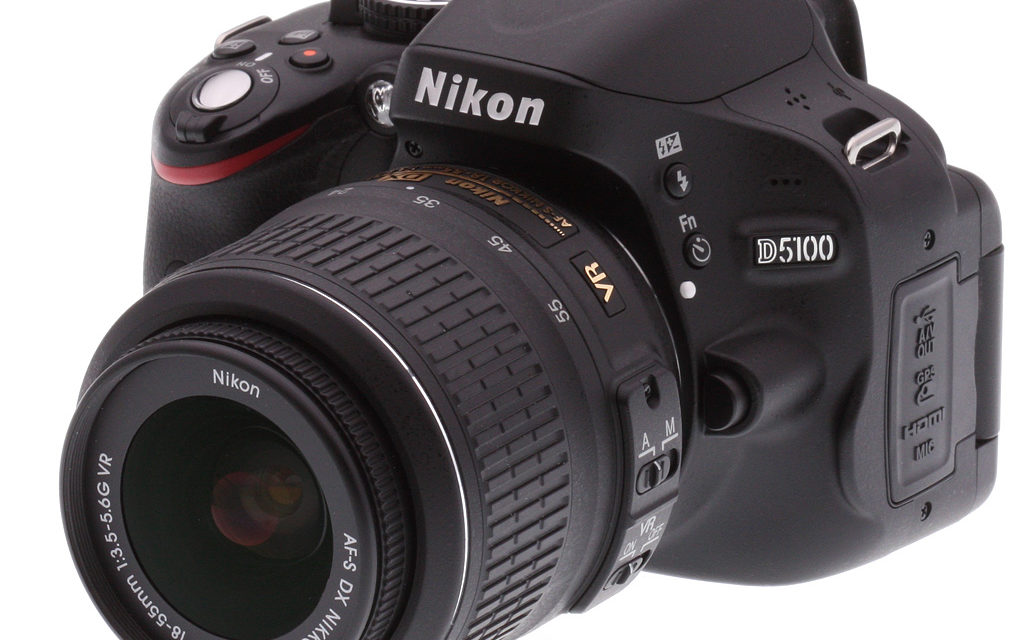If you’ve ever watched the Food Network program Good Eats, you know the mantra about “multitaskers.” Like Alton Brown says, unitaskers don’t make much sense when you can get one thing that does double duty (or more).
That’s why I have a new choice for my drop-dead, must-have multimedia tool for anyone producing content to promote their business: a low-end digital SLR camera. Previously, I recommended smaller camcorders like the Canon Vixia line, which I still passionately love. But that was back in the bygone days when pocket-style HD camcorders like the Flip and Kodak’s Zi8 were all the rage amongst content marketers, and everybody had the “$149 video camera” mindset.
Those days, I can attest, are over. The Flip is no more, and Kodak’s jumping ship. While a Canon Vixia is still your best rock-bottom investment for good video, let’s look at making a slightly bigger investment for exponentially-higher gains. Even a lower-end digital SLR camera, these days, produces spectacular video. Most of the models on the market right now produce 1080p video. Here’s the thing — they’re also spectacular still cameras! Yeah, huge concept, right?
That’s why it makes way more sense to invest in a decent, low-end digital SLR. You’re setting yourself up to turn out great looking images in both your photos and your videos. You can take one piece of equipment with you all the time and will always be ready for any situation. The stills will look infinitely better than that old pocket point-and-shoot, and the video will look phenomenal to boot! Many of the recent DSLR’s on the market even have microphone input jacks. I always recommend those, so look for a model that has one!
Now I know what you’re thinking: many camcorders also take stills. Yes, this is true. But more often than not, they take godawful stills. Your iPhone will take better stills than a camcorder. If you can’t possibly afford a $600 DSLR over a $250 camcorder, it’s better than nothing. But I think you’ll find it’s worth the bigger investment. DSLR’s have huge advantages over camcorders, namely in the size and quality of their imaging sensors, and also the glass in the lens. Even with the lowest-end DSLR, when you get good, you can shoot cinema-quality stuff with it because you have the ability to get different lenses for it. That’s something a camcorder can’t do!
Stay tuned soon for further reading on the DSLR for video subject. I just traded my Canon Vixia for a Nikon D5100 and am thrilled by the results so far. I’ll compare a couple different models and let you know what you can expect from them, and which best suits your needs.

